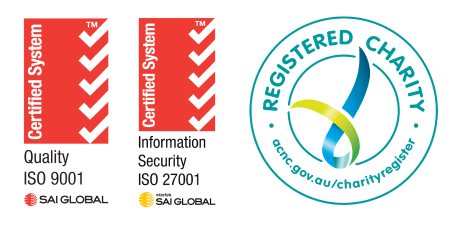
The End-of-Life Pathway is a new short-term package launched by the Australian Government Department of Health, Disability and Ageing (DHDA) under its Support at Home program. It will be available from 1 November 2025.
The measure funds access to aged care services for older people who have been diagnosed with three months or less to live and who wish to remain at home.
Patients must be at least 65 years old – or 50, for people who are of First Nations heritage or experiencing hardships such as homelessness.
Eligible applicants will be able to draw on a budget of $25,000 over 12 weeks to access approved services from the Support at Home service list. These include personal care, domestic assistance and general nursing care.
Funding for the End-of-Life Pathway is separate to other Support at Home classifications. If an existing participant moves to it, this will replace their previous classification.
How do patients access the End-of-Life Pathway?
A GP, non-GP specialist, or nurse practitioner must fill in and sign an End-of-Life Pathway form for each patient.
The form advises that the person has a life expectancy of three months or less. It must also contain the person’s Australian-modified Karnofsky Performance Status (AKPS) score. This measures mobility and frailty and must be 40 or less.
Please see this DHDA factsheet for more information.
The form will be available from the DHDA website from November 1.
Once submitted, an aged care assessor will review the form to confirm eligibility.
How do health care professionals submit the End-of-Life Pathway form?
The method of lodging the form depends on whether the patient is already accessing other Support at Home measures.
If your patient is already receiving in-home aged care services through Support at Home, you can provide a copy of the signed form to their carer or representative, who can then give it to their aged care provider.
If your patient is not currently using Support at Home, you can:
- upload the completed form to My Aged Care through the ‘Make a Referral’ or ‘GP e-referral’ channels, or
- give a completed and signed hard copy to a carer or representative, who will then need to contact My Aged Care to request an assessment. They can use the My Aged Care Apply Online tool.
If you are unsure whether your patient is currently receiving aged care services, please provide them or their carer with a copy of the signed form and ask them to contact My Aged Care on 1800 200 422 for assistance.
The End-of-Life Pathway is designed to complement services received through states and territories, including palliative care services. If your patient is not currently receiving palliative care supports, learn more about these referral pathways here:
- Palliative care – North Western Melbourne Primary Health Network
- Specialist Palliative Care Services (SPCS) – Community HealthPathways Melbourne
What happens after 12 weeks?
The End-of-Life Pathway budget can be used for up to 16 weeks to support continuity of care. It cannot be renewed. If the older person requires services beyond this, an urgent support plan review can be conducted.
How will GPs be kept informed?
Each Support at Home participant is assigned a care partner by their aged care provider. These ensure the mix of services under Support at Home is complementary, coordinated and in the best interests of the patient.
Under the End-of-Life Pathway, carer or partners must liaise and coordinate with the person’s doctor, medical team and any state or territory palliative care services.
Next steps
DHDA is expected to provide further information about the End-of-Life Pathway in due course. We will update you when this occurs.
Consumer resources
If a patient or carer wishes to find out more, please provide them with this consumer fact sheet: Support at Home program – End of life pathway






